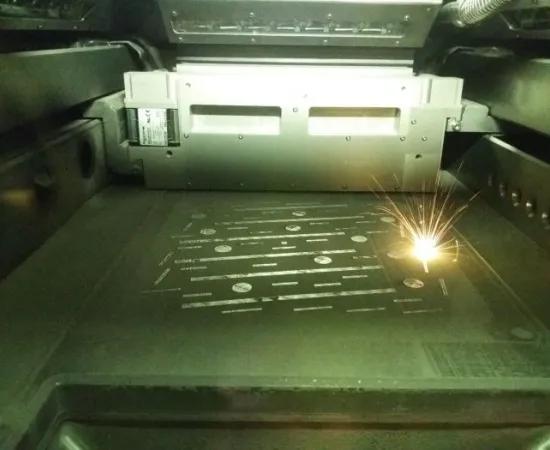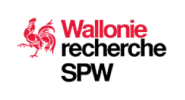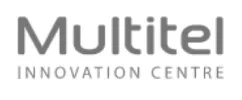
Adtractive | Laser manufacturing with combined additive and subtractive processes
The project aims at developing a hybrid approach (laser manufacturing with combined additive and subtractive processes), in order to facilitate a move towards additive manufacturing, by improving material use, flexibility and process quality.
Context
Surface finish, lack of precision and resulting part resolution are among the obstacles that often hinder AM development. To secure new market shares, additive manufacturing needs to boost its competitiveness compared to traditional manufacturing, in particular when producing large volumes, whilst ensuring a satisfactory level of detail. Laser-based techniques offer unrivalled advantages in two leading manufacturing modes: additive and subtractive. By combining them, we can choose the best-suited approach as early as the product design phase.
Goal and results
The key objective is to demonstrate, via a platform, a versatile combination of laser-based additive and subtractive manufacturing, in which two lasers are set up to produce a given part, or element thereof, according to a method determined by an algorithm.
The goals of this combination of laser additive and subtractive manufacturing are:
To obtain accurate details on parts produced by additive manufacturing (AM) with the addition of texturisation, small holes, notches, etc.
- To obtain optimum surface quality (deburring, polishing)
- To minimise resource costs, including time. 3D printing allows some elements on a part to be removed and others to be added. The size of the original block (preform) and the manufacturing mode are determined by a predictive algorithm.
- The targeted deliverable is the integration of an ablative laser on an existing additive manufacturing platform. Certain standard or referenced parts will be produced to demonstrate the capacity offered by combining technologies; however, key demonstrators will be based on the needs defined by the project’s industrial user committee. For each proposed object, a preliminary study will define the best applicable strategy, manufacturing modes (i.e. additive and/or subtractive), and methodology to obtain the best possible result. The process will be quantified in terms of overall benefit: time saved, material saved and process quality.
Target Group
The project focuses on the additive manufacturing of high-quality and high-value-added value mechanical parts.
Reference
- Framework: Win4Collective Adtractive


